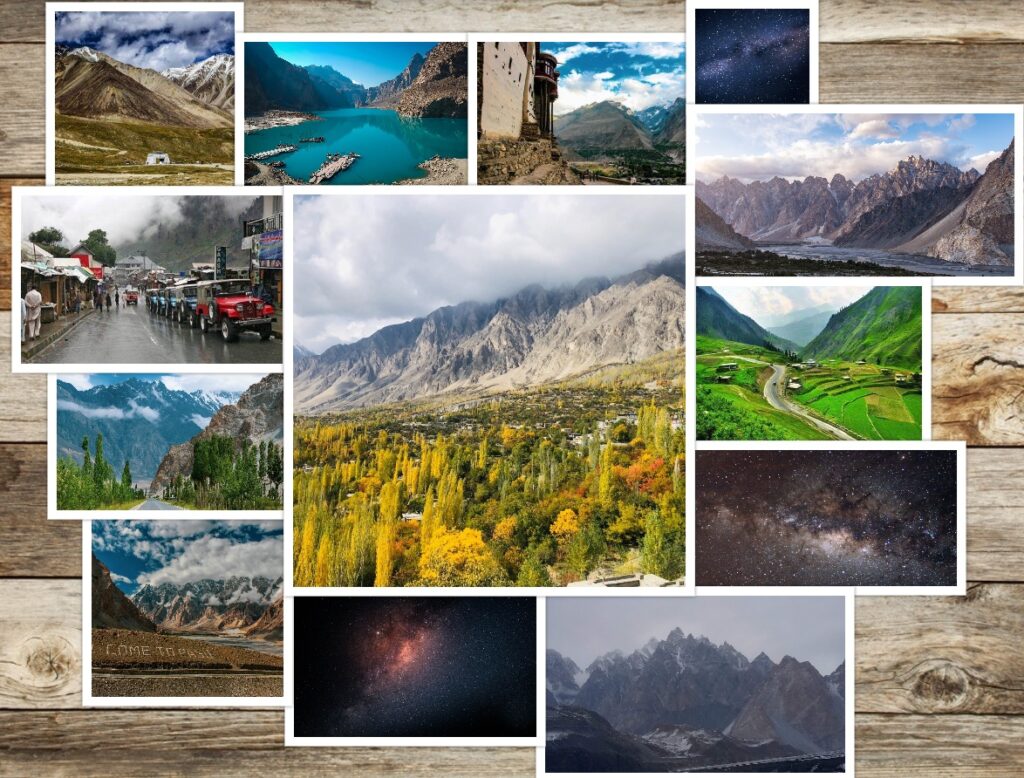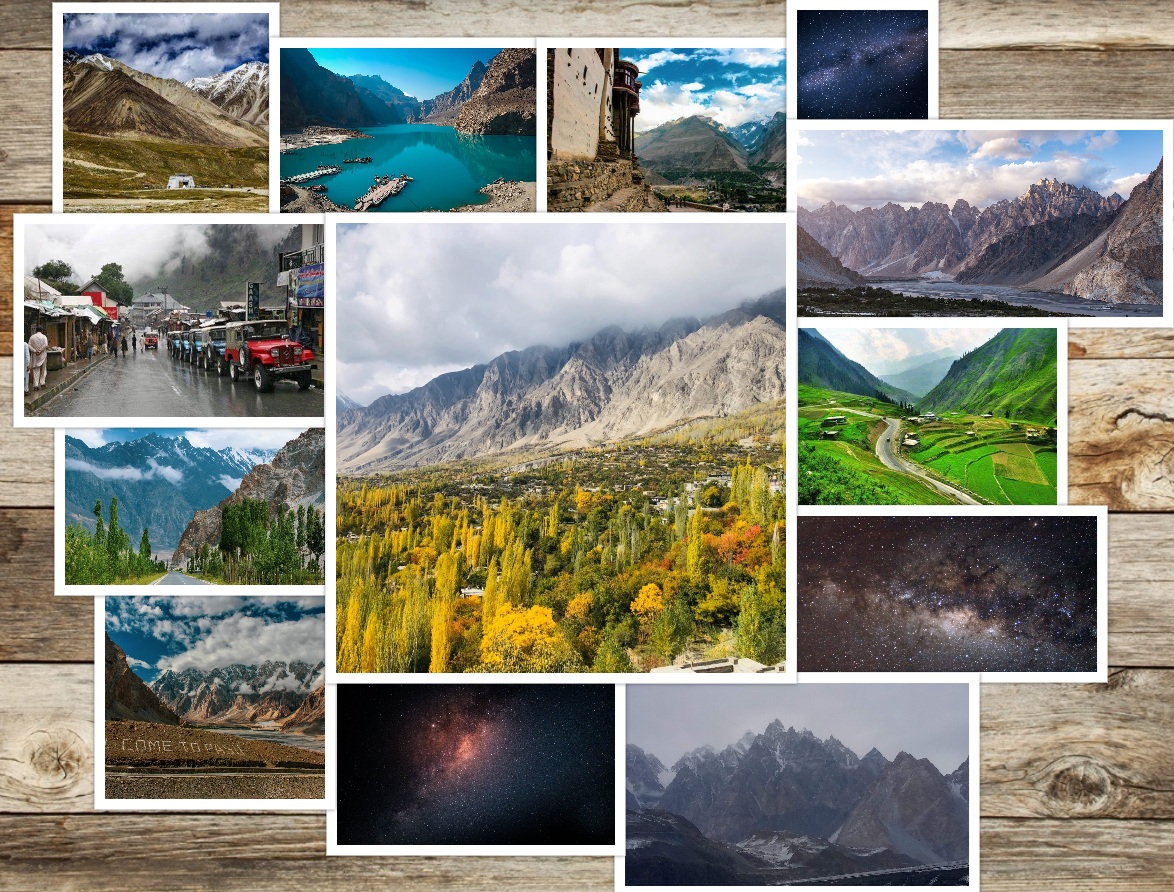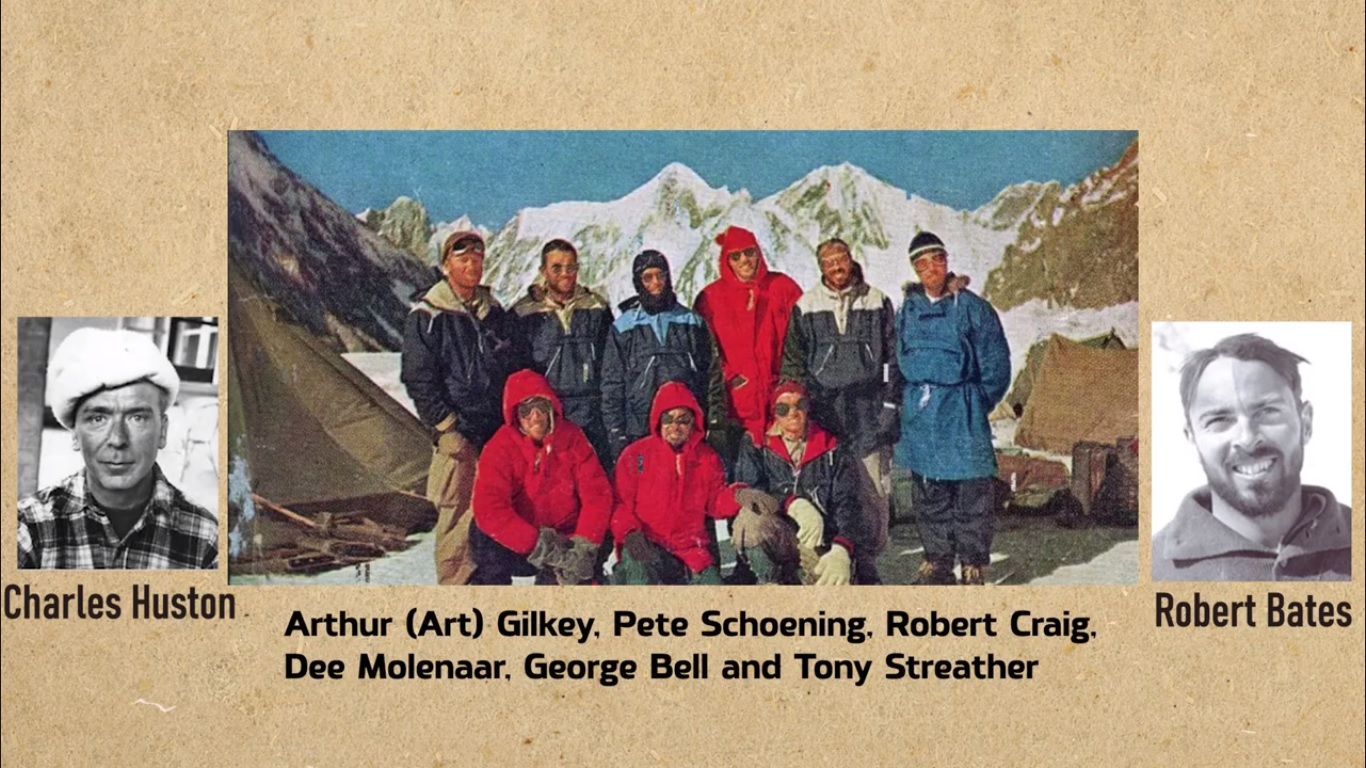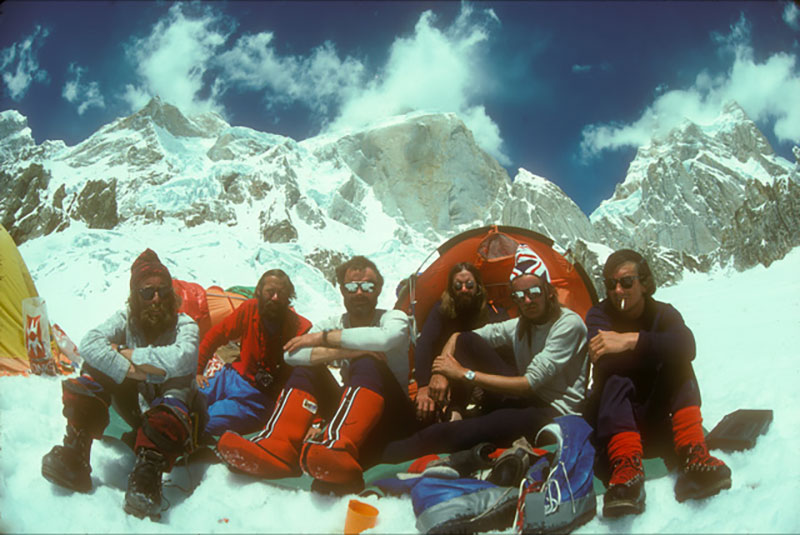By: A Wandering Soul
There’s a certain smell to the mountains of Pakistan — a crisp, cedar-sweet aroma that drifts through the valleys with the morning mist. It’s something you never forget. It settles deep in your bones, resurfaces in your dreams, and calls you back, again and again.
Thirty years ago, I took my first journey north — a curious traveler with a film camera, a notebook, and a backpack half my size. What I found changed the course of my life. I didn’t just visit the Northern Areas of Pakistan; I became part of their story, and they became part of mine.
1995: The Road Begins — Kaghan Valley
I was 23, wide-eyed and restless, when I hopped into a rickety bus headed toward Kaghan Valley. The road from Mansehra to Naran was more gravel than asphalt, and every turn came with a gasp and a horn blast. We stopped for chai under a grove of pine trees, where a boy not older than ten offered me roasted corn and asked if I was from “the movie world.”
Back then, Naran was a sleepy village — a scattering of wooden hotels with no heating, only wool blankets and wood-burning stoves. I stayed at a guesthouse with a snow-dusted view of the Kunhar River, which shimmered like silver under the moonlight. The stars were closer than I’d ever seen, stitched into the black sky like hand-sewn sequins.
2001: Hunza – Where Time Sleeps
By 2001, my trips up north had become yearly pilgrimages. That year, I finally made it to Hunza. It was spring — the apricot blossoms were bursting into color, transforming the valley into a sea of pink and white.
In Karimabad, I met Rehman, a local guide who had climbed peaks I couldn’t even pronounce. Over steaming bowls of daal and fresh chapati, he told me about the times before tourism, when the only visitors were mountaineers and missionaries.
“I’ve seen this valley grow,” he said, “but I hope it never forgets how to breathe.”
We sat in the shadows of Baltit Fort, watching clouds gather over Ultar Sar. The wind carried stories, ancient and sacred. Hunza wasn’t just beautiful; it was timeless.
2010: Fairy Meadows – The Edge of the World
Getting to Fairy Meadows was still an adventure in 2010. The jeep ride from Raikot Bridge was a bone-rattling ascent, followed by a 3-hour trek that tested my lungs and my courage. But then — the meadows opened up like a dream. A stretch of green so vivid it seemed unreal, with Nanga Parbat towering like a watchful deity in the distance.
I spent three nights in a wooden hut, waking each morning to clouds kissing the mountain’s face. That trip was different — I was older, slower, more reflective. I wasn’t chasing views anymore. I was seeking silence. And Fairy Meadows gave it to me in abundance.
2020: Skardu – Of Lakes and Legends
By 2020, tourism in the Northern Areas had exploded. Skardu had airports, boutique hotels, even Wi-Fi. It felt like a different world — shinier, faster — yet the magic lingered.
I wandered beside the blue jewel of Shangrila Lake, took a breathless hike to the turquoise waters of Upper Kachura, and ended my days sipping salty noon chai with locals who still told tales of giants and spirits that roamed the mountains.
One evening, I met a young boy named Asad who asked what the Northern Areas looked like “when you were young.”
I showed him an old polaroid of me in Naran, 1995. Trees taller, glaciers wider. He stared at it, then said:
“I’ll show my kids this one day. And tell them not everything was always on TikTok.”
2025: Full Circle — The Heart Remembers
Now, thirty years since that first journey, I write these words from a balcony in Gilgit. The sky is just beginning to pinken. Somewhere a rooster crows. Children laugh in the streets below.
I’ve seen these mountains in every season, every shade of light. I’ve shared bread with shepherds, tea with soldiers, and stories with strangers who became family.
Much has changed. Roads are better, phones are smarter, and travelers are younger. But the essence — the soul of the north — remains untouched.
If you go, go gently. Listen. Taste. Learn. And above all, respect.
Because the Northern Areas of Pakistan are not just a destination — they’re a dialogue with the divine. And once you’ve heard it, you’ll spend the rest of your life whispering back.





Leave a Reply